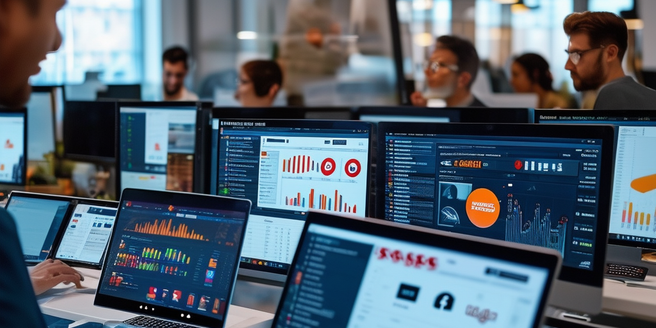Analyzing Sweepstakes Trends And Insights

Introduction to Sweepstakes and Their Popularity
Sweepstakes have long been a popular method for companies to engage with customers and promote brand awareness. The allure of winning something for free attracts a broad audience, spanning various demographic groups. Over the years, the mechanics of sweepstakes have evolved, now often incorporating digital platforms to reach a wider audience. Social media channels have especially revolutionized how sweepstakes are conducted and shared. Companies benefit from sweepstakes by collecting valuable customer information and generating excitement around their products or services. This foundational understanding helps us see how sweepstakes have maintained their appeal over decades.
Historical Perspective on Sweepstakes
The history of sweepstakes dates back to the early 20th century, with print media being the primary medium. Early sweepstakes were straightforward, involving simple entry forms and basic prizes. Post-World War II, the rise of consumer culture saw an explosion in sweepstakes popularity. Television and radio further bolstered their reach. Companies realized the potential for mass exposure and began to invest heavily in these promotional activities. Sweepstakes became a tool not just for marketing, but for engaging audiences in a novel way. Understanding this historical context allows us to appreciate the evolution in tactics and prize structures that characterize modern sweepstakes.
Current Trends in Sweepstakes Participation
Today, sweepstakes participation is heavily influenced by digital and social media. Online platforms have made it easier for businesses to run sophisticated campaigns, targeting specific demographics and tracking engagement metrics. Social media, in particular, plays a critical role in the viral spread of sweepstakes. Interactive elements, such as user-generated content and social sharing requirements, enhance participant engagement. Moreover, collaboration with influencers can amplify the reach and credibility of the campaigns. Additionally, mobile accessibility has significantly increased participation rates. Data analytics provide insights into consumer behavior, allowing for more personalized and effective campaigns. These trends highlight the shift towards more targeted and data-driven sweepstakes strategies.
Demographic Analysis of Sweepstakes Entrants
Understanding the demographics of sweepstakes entrants is crucial for effective targeting. Traditionally, sweepstakes have appealed broadly, but certain age and income groups are more actively involved. Younger adults, particularly those in the 18-34 age range, are highly engaged due to their comfort with digital platforms. Moreover, the rise of social media has further increased participation among this demographic. Additionally, sweepstakes often attract individuals looking for additional income or those with a penchant for gaming and contests. Analyzing these demographic trends helps marketers tailor their strategies to maximize reach and engagement among key audience segments.
Psychological Motivators Behind Sweepstakes Entry
The psychological appeal of sweepstakes lies in several key motivators. The chance to win something valuable for free taps into the intrinsic excitement of gambling without the associated financial risk. This excitement is often heightened by clever marketing and promotional strategies. The anticipation of potential rewards triggers dopamine release, creating a pleasurable experience. Additionally, the social proof of seeing others win encourages participation. People also enjoy the fantasy of winning big, which provides a mental escape and a sense of hope. Understanding these psychological drivers helps in designing more compelling sweepstakes that resonate with the target audience.
Future Predictions for Sweepstakes Trends
Looking ahead, the future of sweepstakes will likely be shaped by technological advancements and shifts in consumer behavior. Augmented reality (AR) and virtual reality (VR) may offer immersive sweepstake experiences, driving higher engagement. Blockchain technology could ensure transparency and fairness, addressing concerns about legitimacy. Additionally, as data privacy regulations evolve, companies will need to balance data collection with consumer trust. Companies that embrace these changes will likely gain a competitive edge. The integration of AI and machine learning may enable even more personalized and adaptive sweepstake campaigns. These trends suggest a dynamic future for sweepstakes, with continued innovation on the horizon.